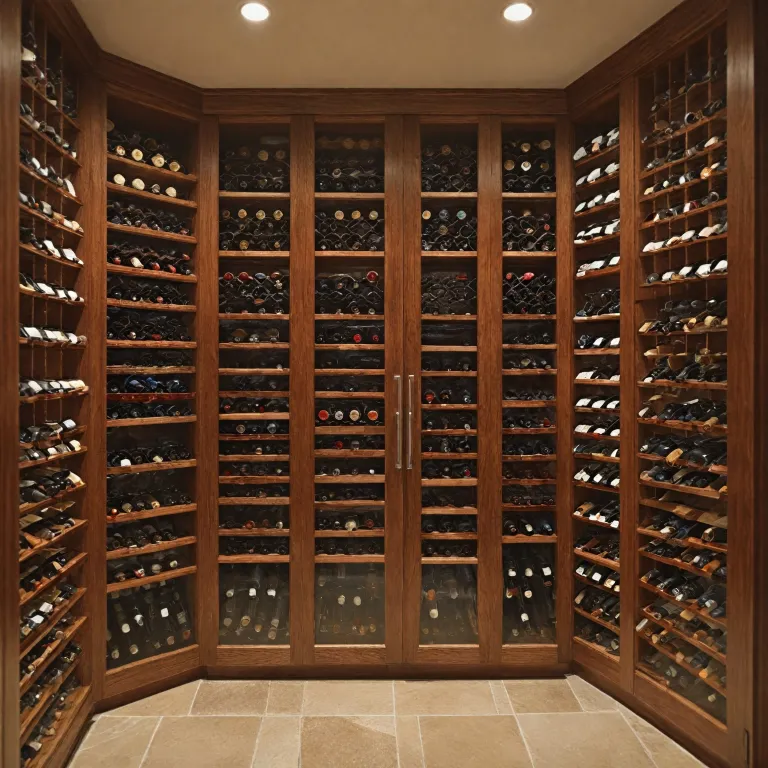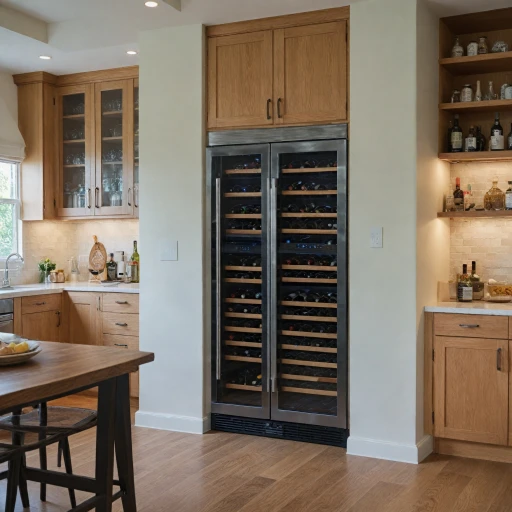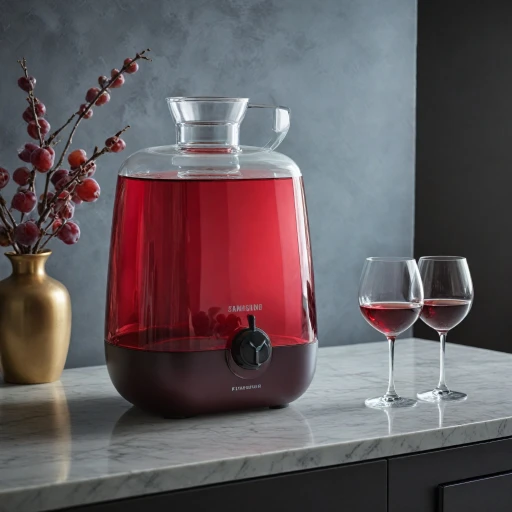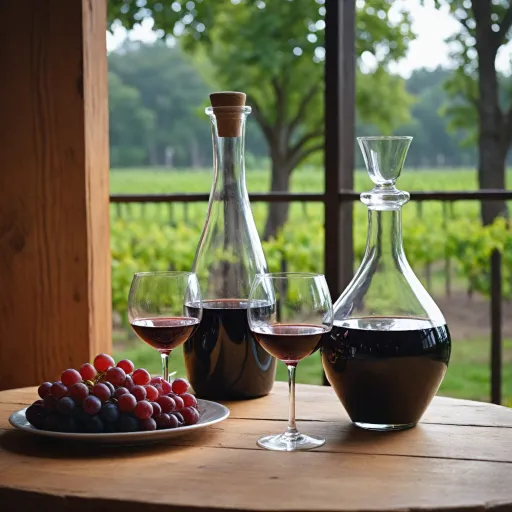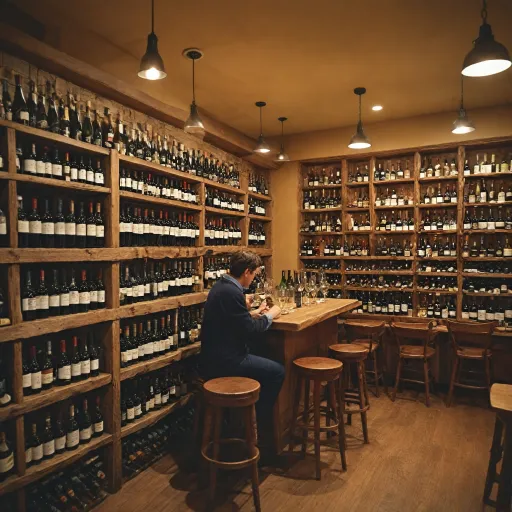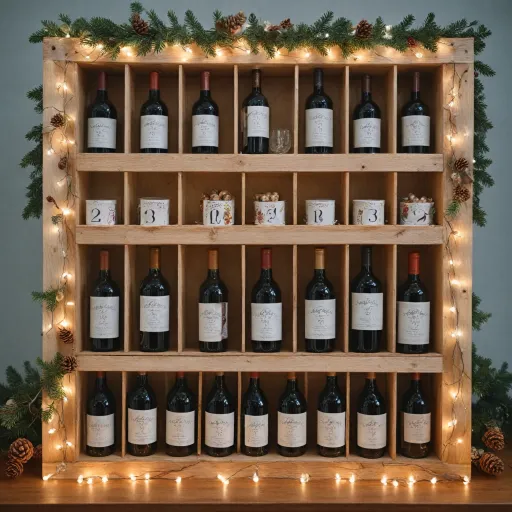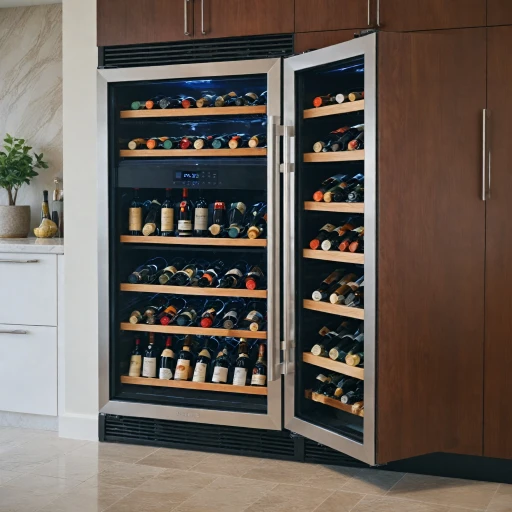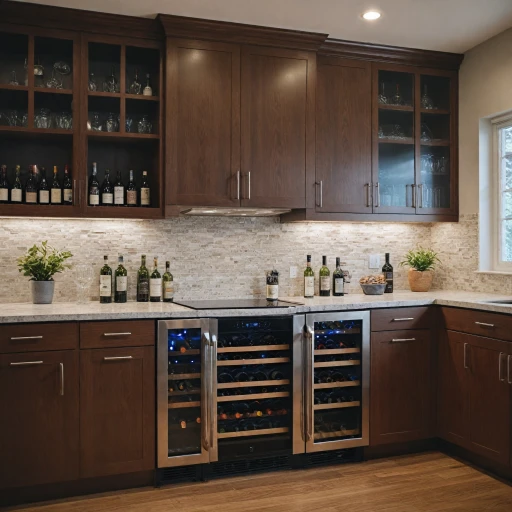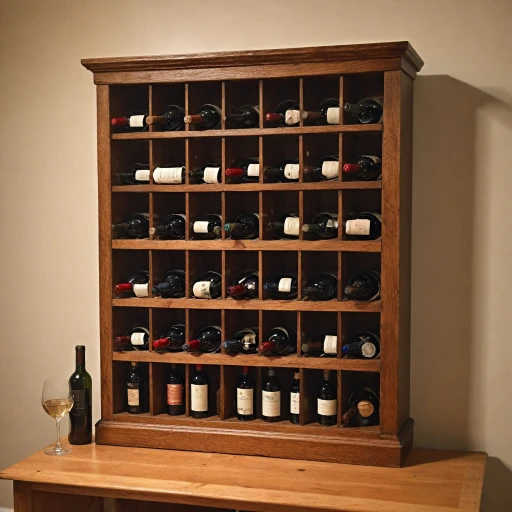
Understanding the Importance of a Wine Cellar Cooler
When embarking on the journey to curate a wine collection, understanding the importance of a wine cellar cooler becomes paramount. At the heart of an effective wine cooling system is the capability to maintain ideal storage conditions, which protect your investment and enhance the flavor profile of your wines. The optimal environment replicates the cool, stable conditions found in traditional underground wine cellars.
A quality wine cooling unit provides consistent temperature control, maintaining the recommended 45°F to 65°F range, which is vital for both red and white wines. Additionally, these units foster the necessary humidity levels—generally around 70%—to prevent the cork from drying out, thus preserving the wine's integrity. Options such as ductless split systems, and fully ducted options offer flexibility based on specific cellar designs and space considerations.
The importance of wine cooling units extends beyond just temperature and humidity control. These systems also help in preventing chemical reactions that can spoil the wine, ensuring that each bottle matures correctly over time. Moreover, the modern cooling units are designed to operate quietly, promoting a serene environment, and come with energy-efficient features, reducing operational costs in the long run.
Choosing the right cooling system involves evaluating options from renowned brands like WhisperKOOL and Wine Guardian, which offer products with varied features suitable for different cellar sizes and installation preferences. Whether you opt for the compact Breezaire units or the innovative ceiling mount systems, understanding the features that align with your cellar cooling needs is key to a successful wine storage experience.
Key Features to Look for in a Wine Cellar Cooler
Essential Characteristics to Consider in Your Wine Cellar Cooler
When browsing the market for the ideal wine cellar cooling system, it’s crucial to identify the features that best align with your collection's needs. Here are some vital elements to keep in view:- Cooling Options: Consider the variety of wine cellar cooling units available. You may come across ducted, ductless, and split systems, each providing unique benefits. For those seeking a more comprehensive solution, fully ducted and ductless split systems offer different degrees of efficiency and ease of installation.
- Temperature Control: Maintaining the right temperature is essential for wine preservation. Choose a unit with precise temperature settings that cater to the specific requirements of your wine varieties. Advanced versions, like those from WhisperKOOL and Wine Guardian, offer robust temperature management features.
- Humidity Management: Adequate humidity control is just as crucial, as it prevents the corks from drying out. Ensure your chosen system includes humidity regulation to keep levels consistent, optimizing the environment for wine storage.
- Noise Levels: Pay attention to the operational noise of the cooling unit. Low-noise systems are available, like those from Breezaire, ensuring the tranquillity of your wine cellar isn’t disrupted.
- Unit Size and Capacity: The spatial dimensions of your wine cellar and storage needs, measured in cubic feet, should guide your decision. Whether it’s a compact contained wine cooler or a ceiling mount unit, verify the size aligns with your cellar design.
Different Types of Wine Cellar Coolers
Varieties of Wine Cellar Cooling Options
When considering wine cellar coolers, it’s essential to understand the various types available to determine the most suitable choice for your collection. Each type offers unique features tailored to different requirements such as space, insulation, and budget.- Self-Contained Units: These are perhaps the most straightforward options available. They are entirely "plug-and-play," requiring little more than an electrical outlet. Brands like Breezaire offer these compact, efficient systems. They regulate the temperature and humidity within your cellar efficiently but may require proper ventilation.
- Ductless Split Systems: For those seeking a quieter operation, WhisperKOOL's ductless split systems might be worth considering. These systems separate the noisy heat-generating components, placing them externally, minimizing disturbance in your home. Installation may require professional assistance.
- Fully Ducted Systems: Fully ducted options, such as those offered by Wine Guardian, allow for more aesthetic freedom in cellar design. Since the cooling unit is installed entirely outside the cellar, there are no visible units inside the space. This system demands more involved installation but provides robust temperature control and flexibility.
- Split Systems: These systems balance aesthetics and performance by allowing the compressor to remain external while the evaporator is inside the cellar. They often require more installation efforts but offer effective cooling.
- Ceiling Mount Units: Designed for smaller spaces, ceiling mount units provide cooling without sacrificing floor or wall space, making them ideal for compact wine racks in your wine cellar.
Sizing Your Wine Cellar Cooler
Determining the Right Size for Your Wine Cooler
Choosing the perfect size for your wine cellar cooler is crucial to ensuring your wine collection remains in optimal condition. The right cooling unit should align with your space constraints and wine collection needs. Here are some key factors to consider:- Capacity Requirements: Evaluate the current size of your wine collection, and if you anticipate it growing in the future. Cooling units are commonly measured in cubic feet, so understanding the volume of wine you need to store will help in selecting a suitable unit. If your collection is expected to expand, it's wise to opt for a cooler that can accommodate this future growth.
- Space Constraints: Consider the physical space where you plan to install your wine cellar cooler. Whether it’s a self-contained unit, a fully ducted system, or a ductless split option, ensuring the cooler fits your space is paramount. Some compact systems, like ceiling mount coolers, are excellent for smaller areas.
- Type of Wine Cooling System: Different systems have varying size requirements. A split system might offer more flexibility in terms of placement, whereas a fully ducted system could necessitate more space for ductwork. Units like those offered by Breezaire, Wine Guardian, and WhisperKOOL have diverse cooling unit options to accommodate varying space needs.
- Energy Efficiency: Larger units can sometimes consume more energy, so it's important to weigh the benefits of a larger capacity with the potential increase in energy costs. Some units offer energy-efficient modes, which can be a deciding factor if you are environmentally conscious.
Placement and Installation Considerations
Location Matters: Where to Place Your Wine Cellar Cooler
When it comes to installing a wine cellar cooling unit, understanding the unique requirements of your space can help in achieving optimal performance and longevity of the system. Proper placement and installation are crucial to ensuring that your wines are stored at the optimal temperature and humidity conditions.
Assessing Your Space
Identify a suitable location for your cooler. Consider areas free from direct sunlight, away from heat sources, and that maintain a consistent ambient temperature. Unsupported locations, such as those with fluctuating temperatures, can complicate the effectiveness of your wine cooling system.
Installation Options
- Self-Contained Units: These are compact and easy-to-install options that require less setup. Perfect for smaller collections, they still need adequate ventilation to function effectively.
- Ductless Split Systems: Ideal for minimizing noise as the compressor is located away from the cellar area, usually outdoors. They offer more control over temperature and humidity.
- Fully Ducted Systems: Best for larger cellars. These systems can efficiently manage temperature and humidity over expansive areas and offer flexibility in unit placement.
Consider Ceiling Mounts for Flexibility
Ceiling-mounted systems, sometimes known as wine guardian units, are an innovative option that maximizes space in smaller cellars. They provide effective cooling without occupying valuable floor or wall space.
Importance of Professional Installation
Professional installation is highly recommended, especially for systems like Whisperkool or Breezaire, to ensure optimal system performance and efficiency. Experts can also help tailor the setup based on your cellar's cubic feet size and specific environmental needs.
Maintenance Tips for Longevity
Essential Maintenance Tips for Optimal Wine Cooling Performance
Maintaining your wine cellar cooler is crucial to ensure the longevity and efficiency of the cooling system. Here are some practical maintenance tips to consider:- Regular Inspection: Regularly inspect the cooling unit for any visible signs of wear or damage. Catching issues early can prevent costly repairs and ensure your wine stays at the perfect temperature and humidity levels.
- Cleaning the Filters: Most wine cellar cooling units, including popular brands like Breezaire and WhisperKOOL, come with filters that help maintain air quality. Routinely clean or replace these filters to ensure optimal airflow and cooling performance.
- Maintain Temperature and Humidity: Check and maintain the optimal temperature and humidity settings as these are critical for wine preservation. Different wine types require specific conditions, so adjust settings accordingly to protect your collection.
- Ventilation: Ensure proper ventilation to allow your cooling unit to operate efficiently. Whether you have a ductless split, ducted, or fully contained wine cellar system, choose a placement that accommodates adequate airflow.
- Review Product Details and Unit Reviews: Familiarize yourself with the product details and reviews of your wine cooling system. Understanding the capabilities and limitations of your unit can help in maintenance planning and troubleshooting potential issues.
- Professional Servicing: Schedule periodic professional servicing for your wine cooling unit. Trained technicians can provide in-depth inspections and tune-ups to keep your system running smoothly. This is particularly important for more complex systems like ductless and split systems.
- Monitor Wine Racks and Bottles: Regularly check your wine racks and bottles for signs of humidity imbalance, like mold or cork damage. These could indicate issues with your cooler’s operation that need addressing.
- Check for Leaks: Periodically check the unit for possible leaks, especially in systems that use refrigerant. This check is crucial for avoiding moisture buildup that can damage your wine collection.
